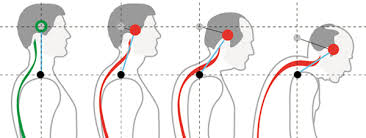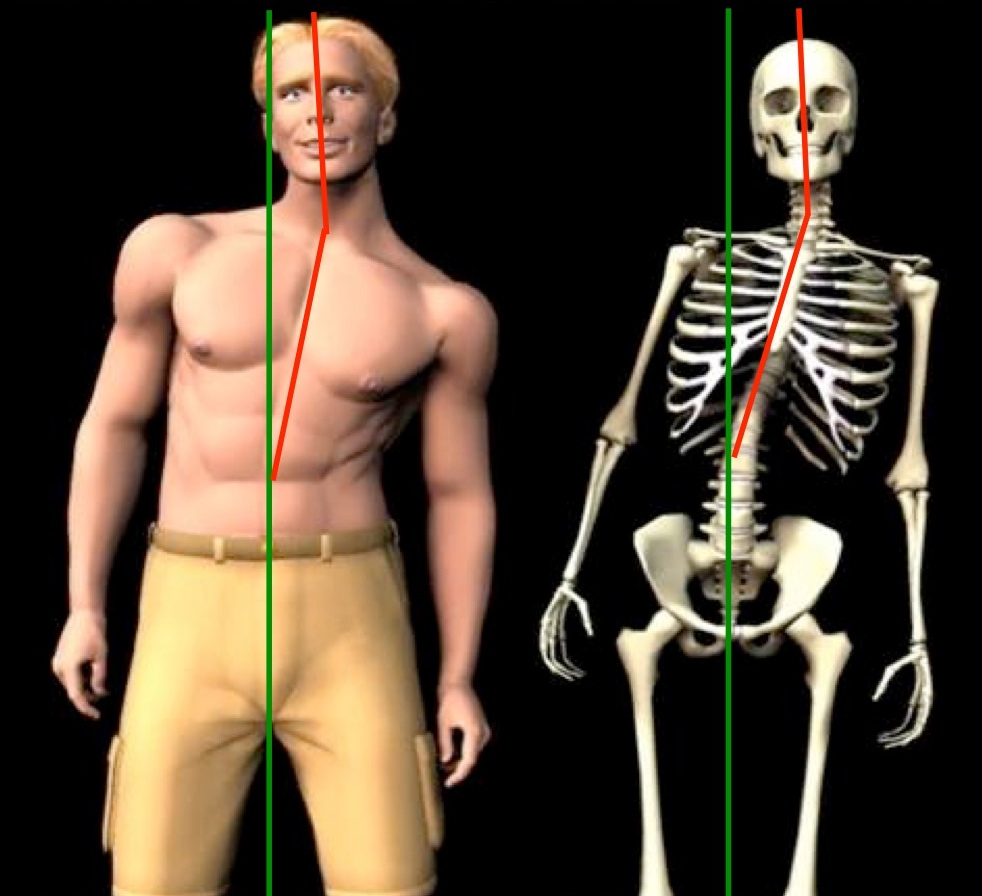
6 Steps to Having a Youthful, Energetic and Healthy Lifestyle For The Rest of Your Life
As you progress in age, would you like to avoid the crippling effects of arthritis, chronic searing joint and back pain, sluggish depleting energy and the fear of illness and disease? Would you rather have youthful energy, healthy and strong joints, the confidence to live without the fear of disease and participate at any activity level you desire?
If you want a life like this for the rest of your life, there are 6 steps you need to take to achieve these goals:
Restore and Maintain Healthy Posture. Life’s traumas and injuries cause your posture to shift out of place. If your posture is not corrected and restored, the resulting nerve and spinal stress can cause a number of health problems. Some of these, according to medical research, include fatigue, organ disease and even a shortened lifespan! If you want to avoid these serious health problems, see your chiropractor on a consistent basis.

Other Problems From Bad Posture
Get Adequate Sleep. Sleep not only helps your body rest and recover, it also helps “flush out” toxic waste products that build up in your brain during your waking hours. A recent study found insufficient sleep may result in impaired neurological function because the brain has not had enough time to remove these toxins. Most experts agree 6 to 8 hours of sleep is ideal and more or less than this can actually be harmful to your health.
Other Sleeping Tips:
Go to bed and wake up at the same time each day.
Avoid stimulants, such as caffeine, several hours before bedtime.
Sleep in complete darkness or as close to it as possible.
Keep the temperature in your bedroom no higher than 70 degrees F.
Keep cellphones and other wireless devices out of your bedroom or at least several feet away from your body.
Take Vitamin D. This is one of the MOST IMPORTANT supplements you should be taking on a daily basis because of the many health and disease prevention benefits. It is estimated that at least 75 percent of Americans are deficient in this vital nutrient. Vitamin D deficiency contributes to the most common deadly diseases that plaque our country, including heart disease, diabetes, cancer and many other diseases!
How Much Vitamin D Should You and Your Family Be Taking?
Boost Your Nutrition…by eating a whole food diet. Eat only the foods our ancestors ate, including fish, poultry, grass-fed meat, healthy fats and oils, and a generous amount of vegetables and fruit. Eat “the rainbow” of colors of fruits and vegetables (green, red, yellow, orange, blue, etc.). Avoid processed foods and trans fats (hydrogenated oils). Reduce or completely eliminate grains from your diet (bread, pasta, rice, corn, etc.).
Exercise Consistently! We are meant to move. Movement keeps muscles and bones strong and keeps your brain sharp! Consistent exercise helps you stay young and healthy and at the same time helps prevent cancer, heart disease, diabetes and many other diseases. Find an activity you enjoy and exercise outdoors for the fresh air and vitamin D from the sun. A well-rounded exercise program consists of both cardiovascular and strength training. If you want a great workout that only takes a few minutes, consider high intensity interval training.
Reduce and Manage Your Stress, Don’t Let Stress Manage You. Most of the time, stress is a self-generated problem. It is very easy to let other people’s problems affect you. Try to eliminate or reduce the sources of your stress and have effective tools to manage stress, such as Emotional Freedom Technique.
Sources:
Takahashi T. Osteoporosis Int. 2005:16 273-279
J Am Geriatr Soc. 2004 Oct;52(10):1662-7.Kado DM. Hyperkyphotic posture predicts mortality in older community-dwelling men and women: a prospective study.
Winsor, H. Sympathetic segmental disturbances. The evidences of the association, in dissected cadavers, of visceral disease with vertebral deformities of the same sympathetic segments. The Medical Times, November 1921, pp. 1-7.
https://www.ninds.nih.gov/news_and_events/news_articles/pressrelease_brain_sleep_10182013.htm


